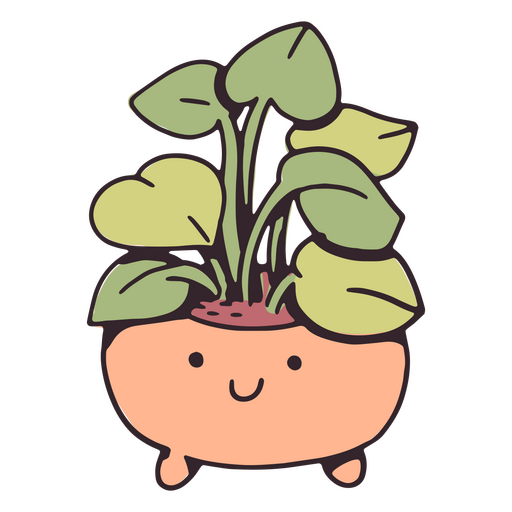

There’s a high barrier for me to even start typing a comment, but I try to contribute more on lemmy. Haven’t really participated on social media in years. I guess about 20% of the time when I think I should comment I actually do it.


There’s a high barrier for me to even start typing a comment, but I try to contribute more on lemmy. Haven’t really participated on social media in years. I guess about 20% of the time when I think I should comment I actually do it.


Those are some spectacular patterns! They remind me of the ‘celtic knot’.


When I have issues eating I go for non-offensive foods that are easy to swallow such as a can of white beans in tomato sauce, plain full fat Greek yoghurt, oatmeal made with milk and not water, lentil soup. I sometimes make 1000 kcalorie smoothies with half an avocado, 2 tbsp peanut butter, cup of 10% fat yogurt, a banana, 1/2 cup oatmeal and enough orange juice to make it liquid. Will not win any taste awards but does contain a bunch of good stuff.
Never heard of her, but I love this!


VNV Nation! Go see them live if you have the chance, they are great :)
That’s an amazing collection! I’ve got the tajine, tea kettle and a frying pan in red/black ombre. I love the matching coasters you have!

For a second I thought this said ‘house plants’ and I was about to give an enthusiastic rant about propagation lol


Is that a gold… penis thimble? o.0


Nice article and very true! To help native pollinators you can plant native flowers, and also very important: leave the dead plants in your garden at the end of the season. The pollinators use the stems of dead plants for their overwintering. Please don’t place a ton of insect hotels either, solitary bees aren’t supposed to nest together and you will get mites and other pathogens that infest the baby bees (this happened in my garden and all my neighbors gardens…). If you do want an insect hotel for mason bees, clean it out every year and replace the tubes where the bees lay their eggs. Also store the tubes in an appropriate place in the winter, but be sure to put the tubes with eggs outside when it’s time to hatch :)


Yes I tried that one, the book wasn’t there sadly. I also like the search options for LibGen more, and nostalgia I guess haha. Will try Anna’s archive in the future when I need something specific! Thanks for the tip


My saviour! Thanks :)


I cannot confirm nor deny that I have relocated some Allium ursinum from my local forest to my garden 😅 I have some herb butter I made with it in the fridge now! I make a lot in the spring, and put it in the freezer in small batches for later.


Yes, birch trees! I haven’t tried it myself. And no problem! I have a big collection of books and love to share :D


They do! Might be that this plant has a genetic variegation that causes it to be more red than it’s neighbors. This plant is a delicious substitute for spinach by the way :)


Stinging nettle tea is supposedly very healthy! I always make stinging nettle soup in the spring, usually there is some Alliaria petiolata growing close by that taste like garlic so that goes in the soup as well. For elderflower tea: dry the flowers, don’t eat the stems, leaves or raw fruit as they are poisonous. You can try elderflower lemonade from the supermarket to see if you like the taste, I hate it :P but I use the berries to add to my apples when I make cider (you have to heat the berries to nutralize the toxins, and remove all stems and leaves as they are poisonous).
I use blackberries and wild strawberry fruits in my tea, but my books say you can use the leaves as well.
Other berries you will be able to find: Rosa canina and Rosa rubiginosa: you make tea of the fruits (and jam as well!) For tea from leaves: Betula leaves, Lamium (dovenetel) leaves, Achillea millefolium leaves and flowers, Tilia cordata (linden) blossoms (this is delicious! my favorite tea), wild mint
For some good books and cards to take with you for foraging I recommend you check KNNV Uitgeverij, I have this info from some of their books, I like the ‘Wildplukken’ series by Peter Kouwenhoven & Barbara Peters. I prefer to get my info on this stuff from books printed by a reputable place that are about our local ecosystem, because there is so much bad information on the internet.


I agree this is most likely Daucus carota. If you are looking for some tasty herbal teas from Dutch wild plants I can recommend stinging nettle (harvest top 4 young leaves), elderflower (not in season now though…), wild blackberry and wild strawberry. I have some Dutch books about foraging, I will check for more!
Like the others have said, the ripening takes a long time. As long as the plant isn’t dropping the fruits or they are rotting before ripening I would just wait patiently :)
In my country they use vans like a Mercedes Sprinter because you can actually keep your stuff dry and even make a little workshop in there. The only use I can think of for a pickup truck is maybe gardeners so they don’t have to haul a trailer for their green waste? Could also maybe be useful to haul strawbales if you have a small farm. But you can just do that in a trailer behind your van as well, and your equipment will be dry inside the van and you can leave the trailer when you don’t need it.
Backup cameras became required by law in 2016
That must be local to you, my 2019 car doesn’t have one and in my (European) country this is not mandatory.
Cat 1 is a reincarnation of an ancient god of chilling and relaxation. He will sleep on whatever place you want to sit. Your nice garden chair? Cat. Desk chair? Cat. Bed? Cat. He’s a little burglar that will break into the neighborhoods houses and sleep on their stuff as well. Doesn’t matter if they already own cats themselves.
Cat 2 loves scratches and cuddles but will always stand juuuust out of reach, rubbing herself and rolling on the floor. If you move closer, she’ll move further away. She’s also a cryptid and only able to be photographed like a blurry bigfoot so I can’t show anyone how cute she is with her little white mittens.